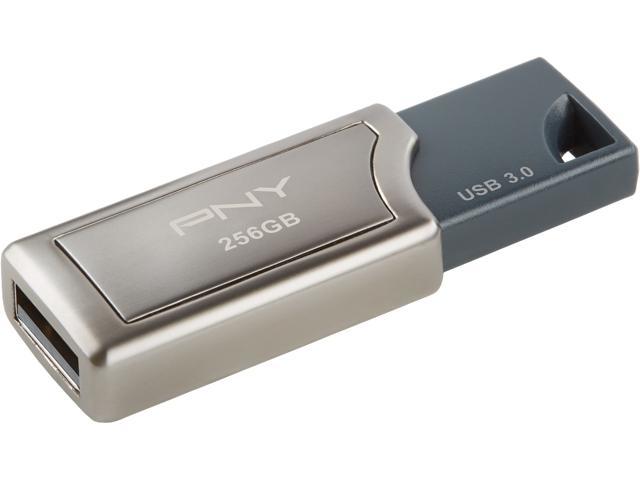Recognized and advocated as a powerful tool, the role of remote sensing in identifying, mapping, and monitoring soil salinity and salinization will continue to expand.Remote Sensing of Soil Salinization: Impact on Land Managementdelineates how to combine science and geospatial technologies for smart environmental management.
Choose the Right Techniques for the Job
An overview of soil salinity assessment using remote sensing technologies, the book describes a variety of sensors, ranging from ground-based to airborne and satellite-borne, and their use in a diversity of geographical regions and environmental settings from coastal to inland saline areas. It provides guidance on how to identify and choose the right remote sensing tools and data sets required based on the purpose of the study and the environmental setting. Organized into three sections, the book covers:
Section I: Soil Salinity and Remote Sensing: The Object and the Tool- Focuses on the relationships between the landscape-object salinity and the remote sensing tools
Section II: Trends in Mapping Soil Salinity and Monitoring Salinization Using Remote and Proximal Sensing- Provides a variety of case studies dealing with soil salinity mapping and monitoring the process of salinization
Section III: Diversity of Approaches to Modeling Soil Salinity and Salinization- Demonstrates the diversity of approaches used in modeling soil salinity and salinization in space and time
Combines Fundamentals, the Latest Technology, and Practical Examples
The book includes analyses of basic issues of remote detection, such as the spectral behavior of salt types and vegetation influence, and evaluations of currently available remote sensing platforms delineating their advantages and disadvantages. The accompanying CD-ROM provides color images that enhance the mat















